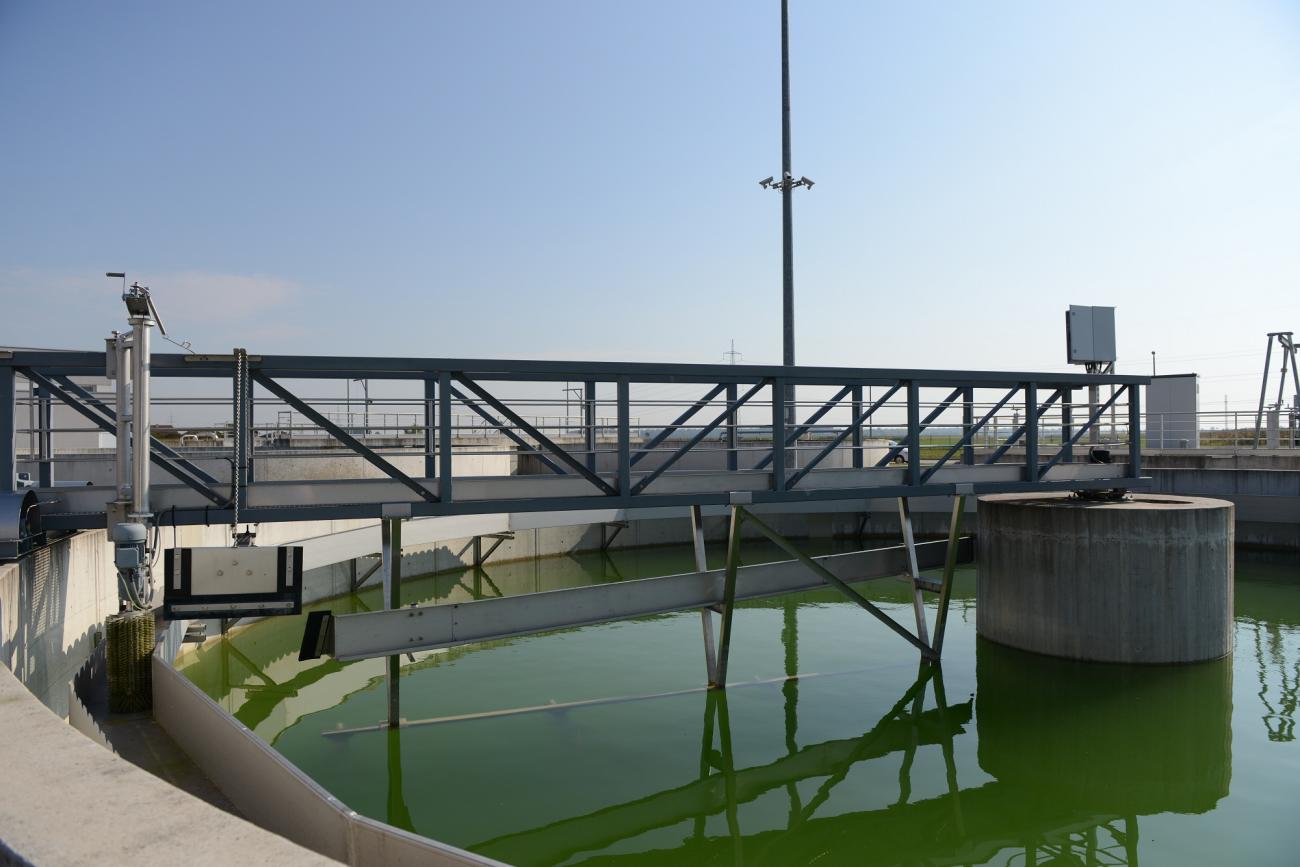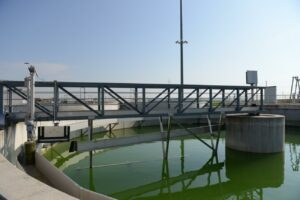The importance of wastewater treatment for environmental quality


In today’s world, where we are confronted with climate change, pollution and consequently the loss of biodiversity, it is particularly important to maintain the good condition of water, both surface and groundwater. Water is the source of life on earth and an irreplaceable natural resource.
Maintaining or achieving good water status is an obligation for every EU Member State. The main obstacle to achieving this goal is the pollution that reaches water bodies from point and diffuse sources. Point sources are wastewater discharges that enter natural receiving waters via drainage systems from populated areas. Diffuse sources are pollution that enters natural receiving waters primarily from agricultural areas. A more rational use of fertilisers can reduce the impact of diffuse sources on the surrounding recipients, while wastewater from industry and households in a particular settlement (municipal wastewater) must be treated in a wastewater treatment plant.
Wastewater contains various organic substances and nutrients as well as microorganisms that have a negative impact on rivers, lakes and seas when discharged directly into them. Oxygen is required for the decomposition of organic and nutrient-containing substances in wastewater. A higher load of organic substances and nutrients in particular can lead to a change in the balance between organisms, resulting in a depletion of dissolved oxygen in the water. In such cases, the fish and invertebrates living in the river, lake or sea can die. This process is called eutrophication.
Wastewater treatment involves a series of processes that remove unwanted components from wastewater so that the good condition of the wastewater is not impaired after discharge into a natural receiving watercourse. The first stage of municipal wastewater treatment involves physical and/or chemical processes that settle suspended solids from the wastewater and remove some of the organic pollution. The second stage of treatment comprises biological processes in which microorganisms in the activated sludge remove the remaining organic pollution from the wastewater. The third stage of treatment involves processes to remove nutrients from the wastewater. Nutrients include compounds with nitrogen and phosphorus. Nitrogen compounds are removed with the help of microorganisms, while phosphorus compounds can be removed with the help of a specific group of microorganisms or by chemical precipitation. A by-product of the second and third stages of wastewater treatment is excess activated sludge, which must be processed and disposed of properly.
There are various wastewater treatment technologies, the choice of which depends on the capacity of the plant, the degree of treatment required, climatic conditions, available space, proximity to settlements and other factors. Wastewater treatment technologies are constantly evolving, particularly in terms of energy consumption, greenhouse gas emissions and the potential for reuse of treated wastewater.
In order to fulfil the obligation to achieve good status of all water bodies, significant investments have been made in Croatia in recent years in the collection and treatment of wastewater through the construction of sewerage systems and the construction or modernisation of wastewater treatment plants. Most of this funding has been provided by EU funds. When Croatia joined the European Union, 46% of the population was connected to the sewage system, while only 35% of the population was connected to wastewater treatment plants. Today, thanks to European funds, these percentages have improved by up to 15%. In the same period, the construction or modernisation of 77 wastewater treatment plants was started, 10 of which have been fully completed.


